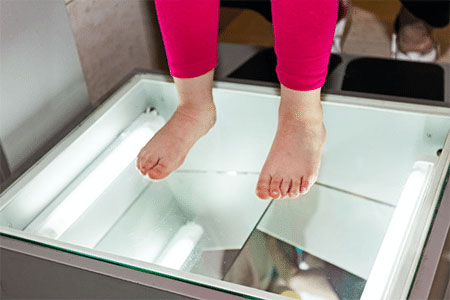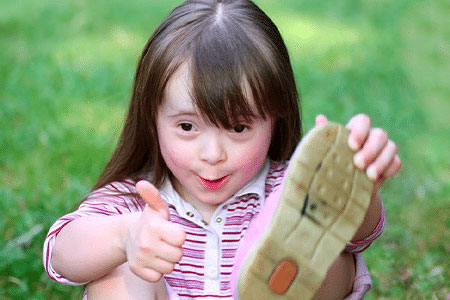The Best Shoe Brands for Kids with Disabilities – Supportive Shoes with Extra Depth and Extra Padding!

Finding the right shoes for children with developmental disabilities can be challenging, especially when they struggle to express discomfort or pain. The right footwear can significantly improve foot posture, walking gait, and overall stability. As an experienced shoe fitter, I’ve helped countless families find the perfect shoes for their children’s unique needs. In this guide, I’ll share the best shoe brands for kids with disabilities, helping you choose footwear that offers the right fit, support, and comfort for your child.
Common Foot Conditions in Children with Disabilities
Children with disabilities may experience various foot conditions that require special attention when selecting shoes. Some common conditions include flat feet, toe walking, and overpronation. Supportive shoes can make a significant difference in managing these conditions and improving overall mobility.
Do Children with Disabilities Require Supportive Shoes?
Supportive shoes play a crucial role in the development of a child’s feet and overall posture. They provide a stable base of support, which is essential for children with disabilities who may struggle with balance or coordination. A supportive shoe can prevent potential injuries and aid in the proper alignment of the child’s body, which is paramount for their overall health.
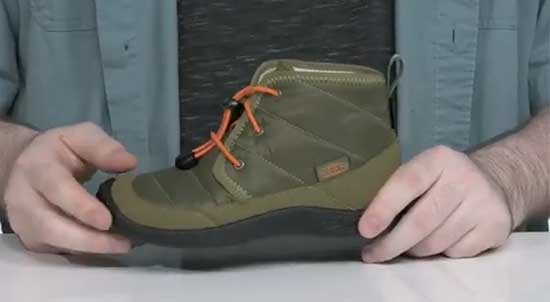
Lightweight and flexible shoes allow for natural movement, while oversized openings make it easier for children to put on and take off their shoes independently. This independence can be empowering for children, boosting their confidence and encouraging them to engage more freely in physical activities.
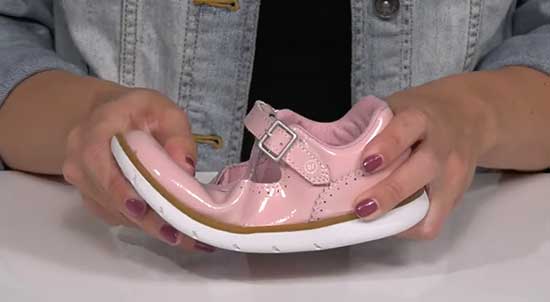
Why Are My Recommended Shoes Best for Kids with Disabilities?
Supportive features in children’s shoes are fundamental. They ensure that the child’s foot is held in the correct position, providing stability and reducing the risk of injury.
Feature One: Stable Base of Support
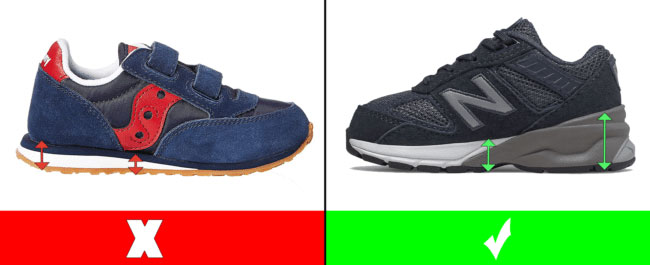
Feature Two: Lightweight and Flexible
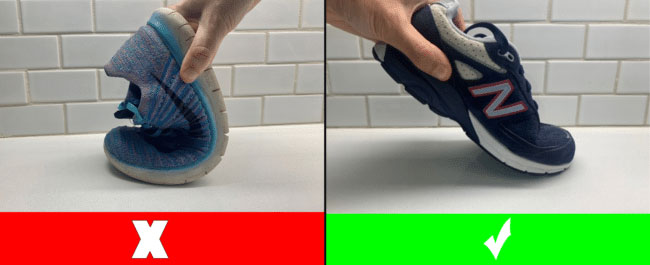
Feature Three: Oversized Openings

Before and After: The Impact of Supportive Shoes
The difference that supportive shoes can make is often visible in before and after images. Children with flat feet or other conditions can experience significant improvements in posture and comfort when they transition from standing barefoot to wearing supportive shoes.
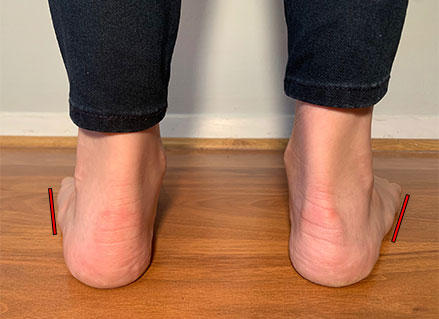

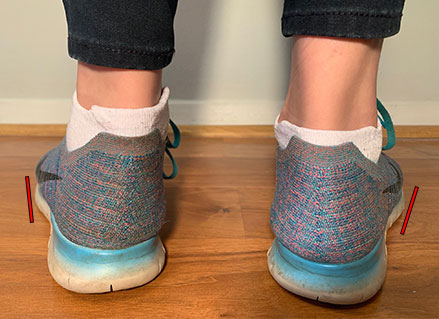
Let’s explore some of the best shoe brands that cater specifically to kids with disabilities. These brands have made significant strides in creating shoes that combine functionality with style, providing children with the support they need without compromising on appearance.
What Are the Best Shoe Brands for Kids with Disabilities?
For each shoe brand I recommend, I highlight the top styles that provide the best support and comfort for children with disabilities. Disclosure: This post contains affiliate links, and we may earn a small commission at no extra cost to you.
New Balance
These New Balance shoes for kids with disabilities provide excellent support and come in multiple widths, accommodating various foot shapes. The 990v6 stands out as the best option, offering stability, lightweight materials, and flexibility. However, some families find the higher price a drawback.
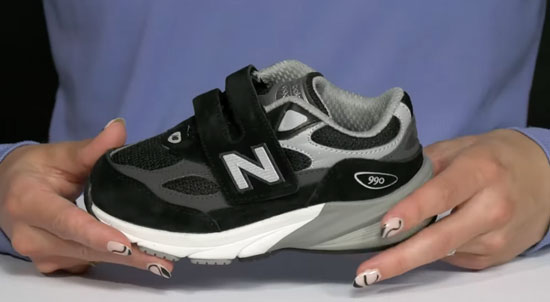
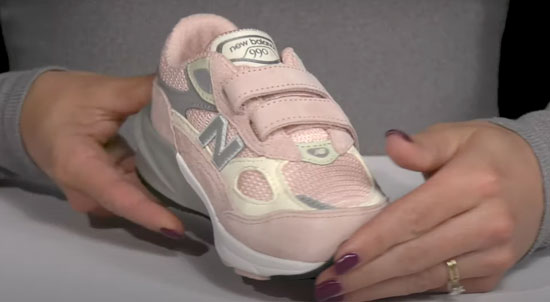
- You can order the 990v6 with velcro on the New Balance website, Amazon, or Zappos
- Also available in grey and black
- Available in medium, wide, and extra wide widths
- I suggest that you get this shoe a half size larger than the end of your child’s longest toe
Billy Footwear
Billy shoes for kids with disabilities feature side zippers that fully open the shoe, making them ideal for kids who struggle with traditional closures. Stylish, comfortable, and supportive, they’re a great choice for children with dexterity challenges.
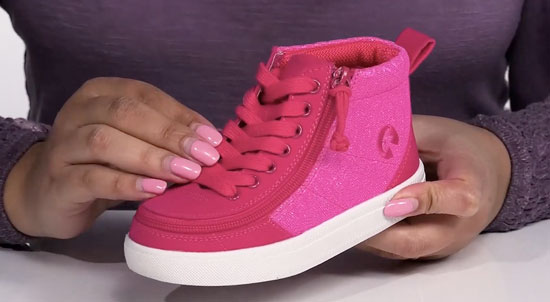
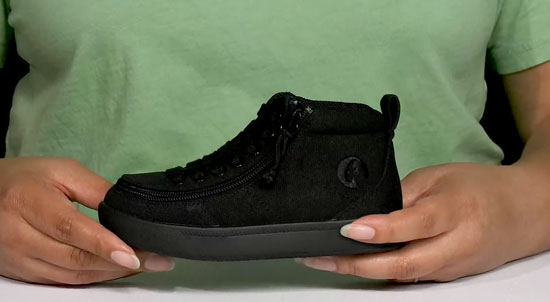
Key Features
- Available for little and big kids
- Order the shoe style Classic DR High II by Billy on Zappos or Amazon
- Available in extra wide widths
- Leather upper
- I suggest that you get this shoe a whole size larger than the end of your child’s longest toe
See Kai Run Adaptable Line
See Kai Run’s adaptive shoes for kids are designed for healthy foot development, offering flexible soles and oversized openings for easy wear. These shoes provide the ideal balance of support and flexibility, making them a great choice for children with disabilities.
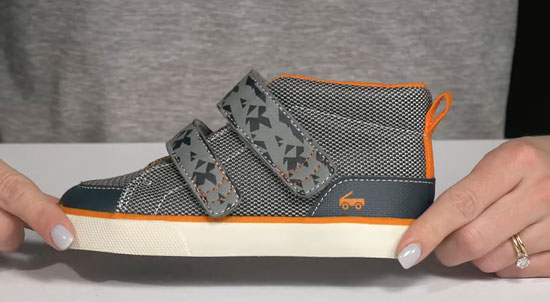
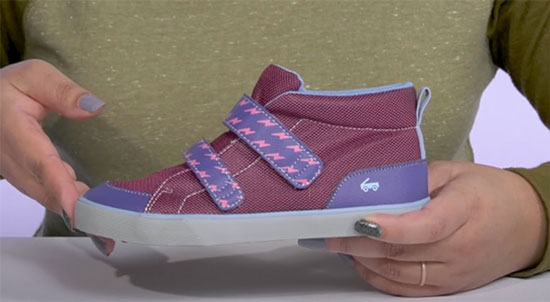
Key Features
- Available for toddlers and little kids
- Order the shoe style Dean Adapt II by See Kai Run on Zappos or Amazon
- Not available in wide or extra wide widths but fits naturally wide
- I suggest that you get this shoe a whole size larger than the end of your child’s longest toe
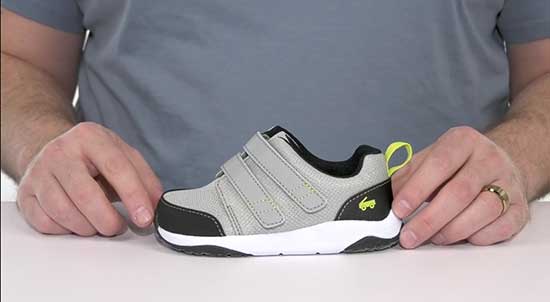
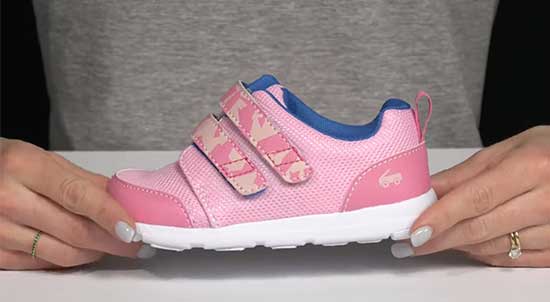
Key Features
- Order the shoe style Ryder Adapt by See Kai Run on Zappos or Amazon
- Available for toddlers
- Extra long straps can be cut for a secure and custom fit with AFOs
- Mesh lining and removable insoles
- I suggest that you get this shoe a whole size larger than the end of your child’s longest toe
Stride Rite Adaptable Line
Stride Rite’s adaptive shoes for kids provide oversized openings, extra-long Velcro straps, and lightweight construction, making them ideal for children with disabilities. They also come in extra wide widths for a better fit.
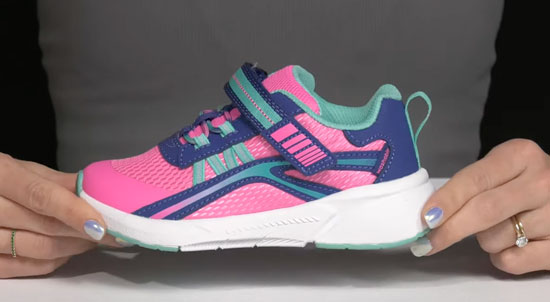
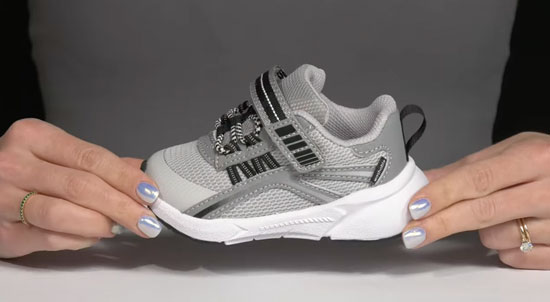
Key Features
- Available for toddlers and little kids
- Order the shoe style M2P Journey Adapt by Stride Rite on Zappos or Amazon
- Available in extra wide widths
- I suggest that you get this shoe a whole size larger than the end of your child’s longest toe
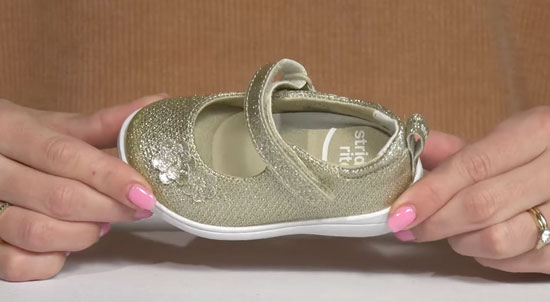
Key Features
- Available for toddlers and little kids
- Order the shoe style SR Holly by Stride Rite on Zappos or Amazon
- Available in extra wide widths
- I suggest that you get this shoe a whole size larger than the end of your child’s longest toe
Memo
Memo orthopedic shoes for kids offer excellent support, stability, and flexibility. Designed for children with disabilities and specific foot conditions, they provide the support needed for healthy foot development and optimal comfort.
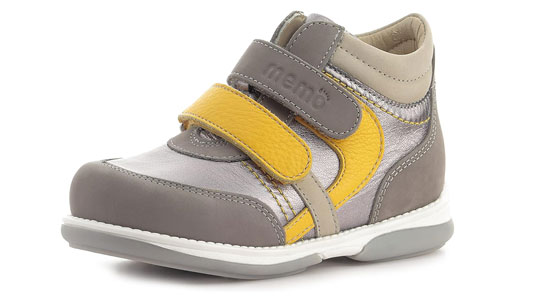
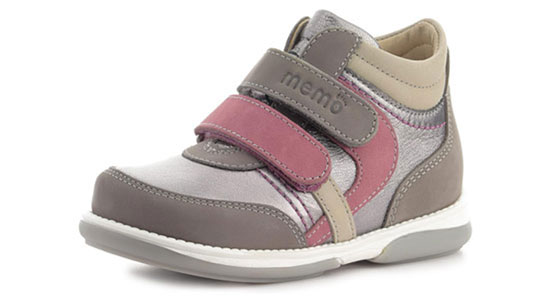
Key Features
- Available for toddlers and little kids
- You can order the shoe style Gabi by Memo on Amazon
- Fits medium and wide feet
- I suggest that you get this shoe a half size larger than your child’s current foot size
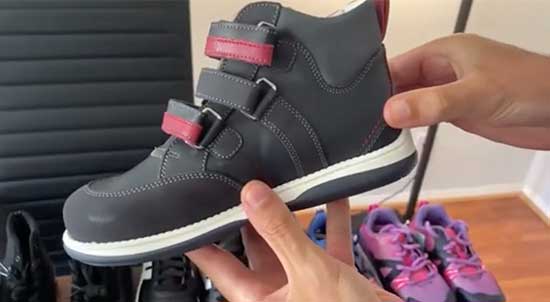

Key Features
- Available for toddlers and little kids
- You can order the shoe style Polo by Memo on Amazon
- Fits medium and wide feet
- Thermoplastic asymmetric stiff heel counter for proper feet protection and stabilization
- I suggest that you get this shoe a half size larger than your child’s current foot size
If your child wears orthotics or AFOs, remove the original insoles of the shoes before inserting them. Check for any irritation during the break-in period to ensure comfort and proper fit.
Contact Me for Specific Shoe Recommendations
It’s important to recognize that each child is unique, and what works for one may not work for another, making personalized recommendations essential. For specific shoe recommendations tailored to your child’s needs, please feel free to contact me via email. Together, we can ensure that your child receives the support and comfort they need for healthy foot development. My goal is to empower parents with the information and resources necessary to make informed decisions about their child’s footwear, ultimately enhancing their quality of life.
How to Order the Correct Shoe Size Online
Many parents worry about ordering the right shoe size online. That’s why I created a virtual shoe fitting service to help you measure your child’s feet from home. This tool will determine whether your child has narrow, medium, wide, or extra wide feet and identify if they have a high instep, ensuring the perfect fit for comfort and support.
A Standout Feature That Makes These Shoes a Game-Changer
Another standout feature I forgot to mention is the added padding around the heel area of these shoes. This extra cushioning not only helps prevent blisters but also enhances comfort, giving your child a smoother, more enjoyable fit with every step.
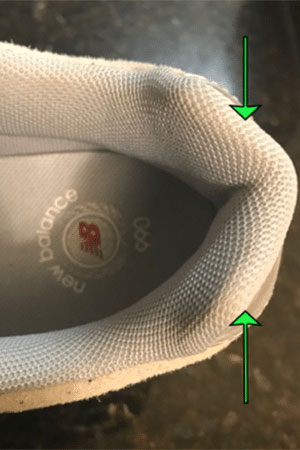
Does Your Child Need Orthotics with Supportive Shoes?
Most children with disabilities need to wear AFOs or a different type of orthotics inside their shoes for extra support and stability. Whether your child needs to wear orthotics inside the shoes depends partly on the type of special need or disability your child might have, as well as its severity.
Be Proactive and Don’t Take the “Wait and See Approach”
Many parents don’t realize that ill-fitting shoes can cause long-term health issues for their children. I always encourage parents to take a proactive approach rather than waiting to see if the problem resolves on its own. Ignoring foot conditions only allows them to worsen over time, so addressing them early can make a world of difference in your child’s long-term foot health.

